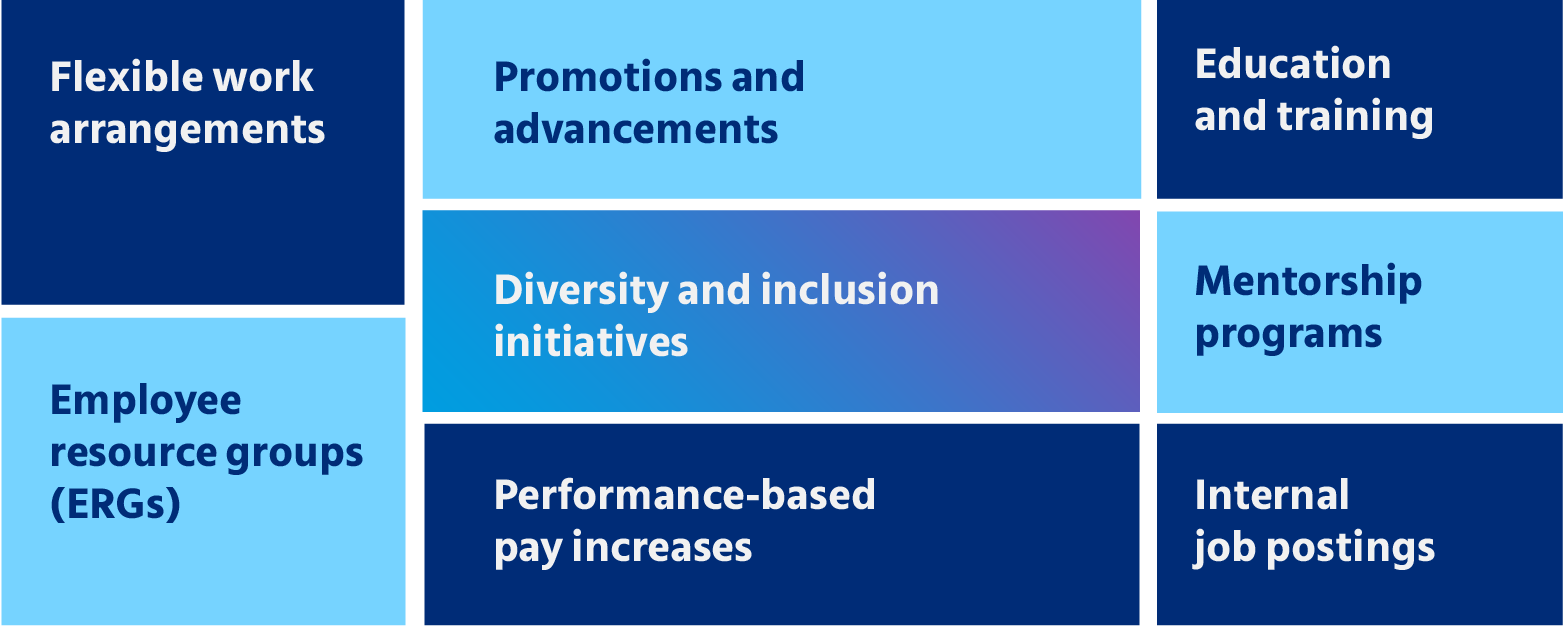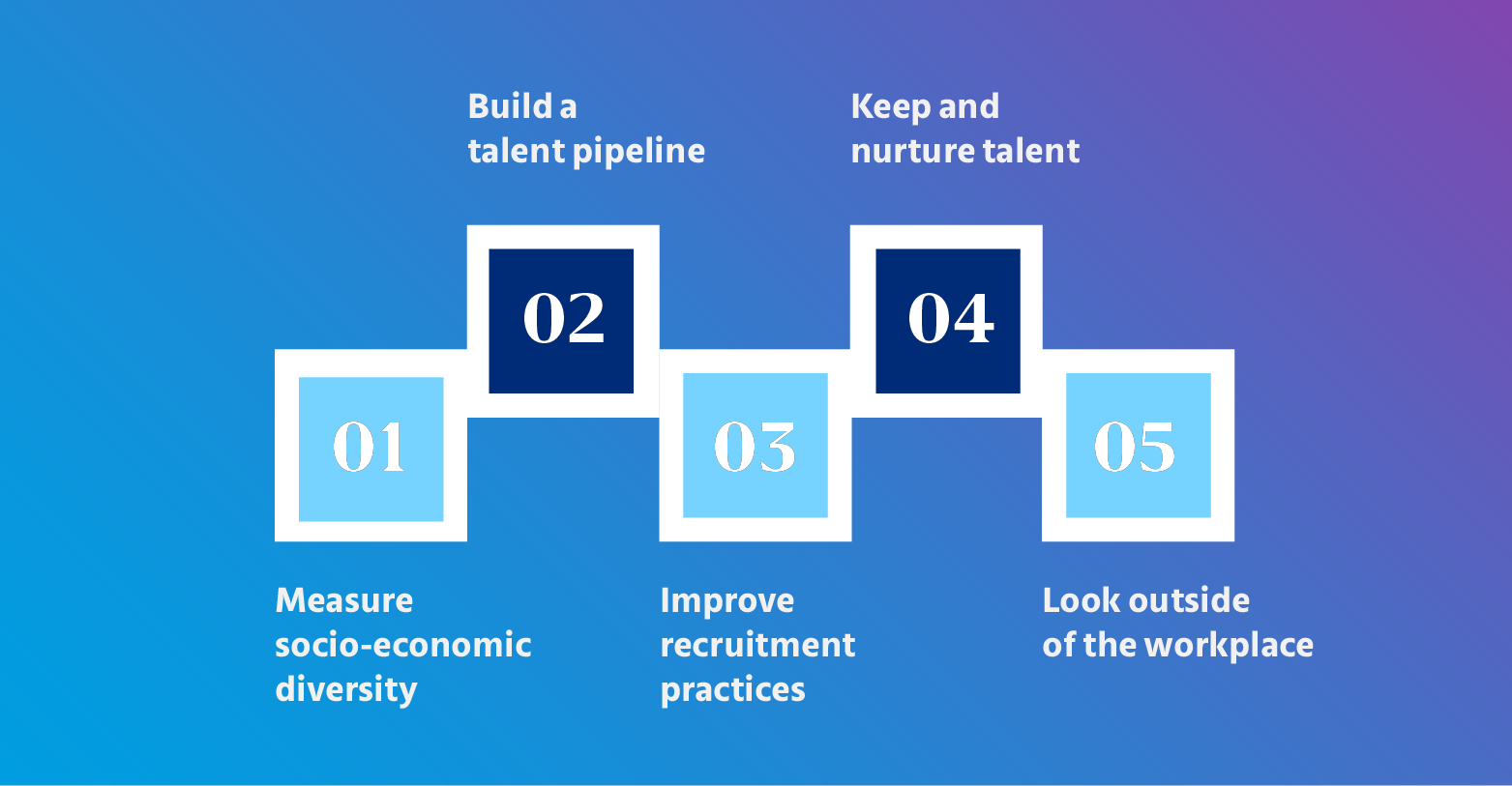Social mobility in the workplace refers to the ability of individuals to move up or down the social and economic hierarchy within their careers. Some of the social mobility examples in the workplace are:

Promotions and advancements:
Employees who start in entry-level positions can climb the corporate ladder through hard work and performance. They can move into higher-paying roles with more responsibility.
Education and training:
Employers often offer opportunities for skill development and education, such as tuition reimbursement or on-the-job training, enabling employees to acquire new skills and qualify for better positions.
Mentorship programs:
Companies can establish mentorship programs where experienced employees guide and support junior staff, helping them gain knowledge and experience leading to career advancement.
Internal job postings:
Some organizations post job openings internally before looking externally, allowing current employees to apply for better positions within the company.
Diversity and inclusion initiatives:
Organizations that actively promote diversity and inclusion create a level playing field, reducing barriers for individuals from underrepresented backgrounds and facilitating social mobility.
Performance-based pay increases:
Compensation structures that reward employees based on performance can incentivize hard work and skill development, leading to higher salaries and social mobility.
Flexible work arrangements:
Companies offering flexible work options, such as remote work or flexible hours, enable employees to balance work with personal responsibilities, potentially improving their overall quality of life.
Employee resource groups (ERGs):
ERGs are affinity groups within organizations that provide support and networking opportunities for employees with shared characteristics or interests. These groups can help individuals build valuable connections and access career development resources.









 Behavioral Competencies
Behavioral Competencies Cognitive Competencies
Cognitive Competencies Coding Competencies
Coding Competencies Domain Competencies
Domain Competencies


































Would you like to comment?